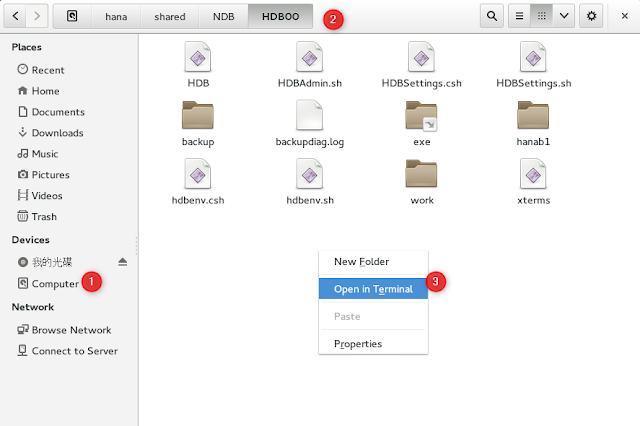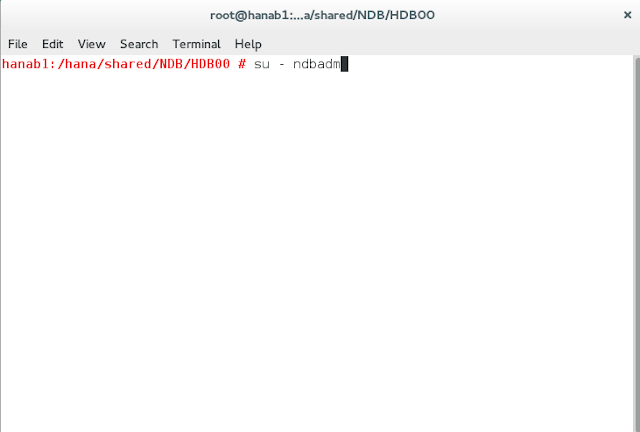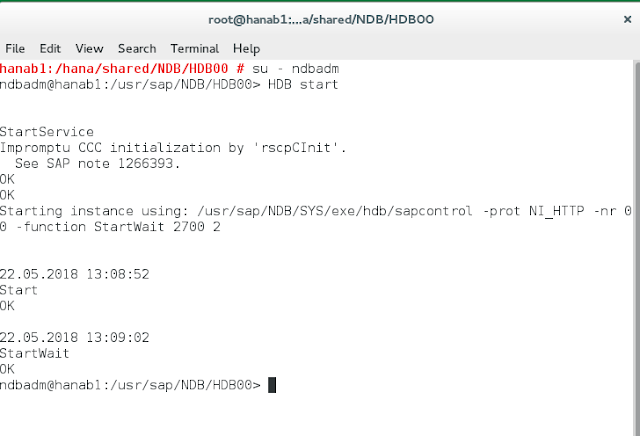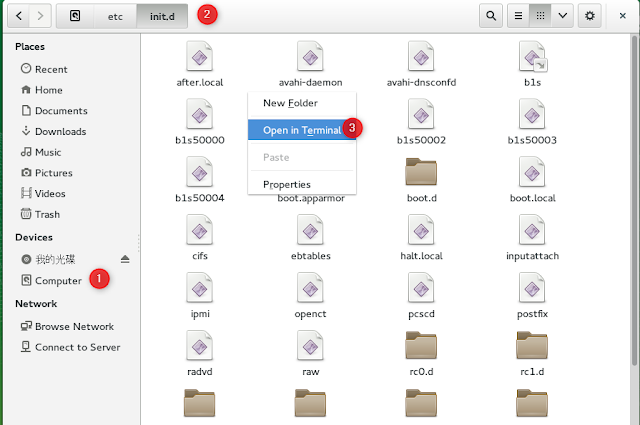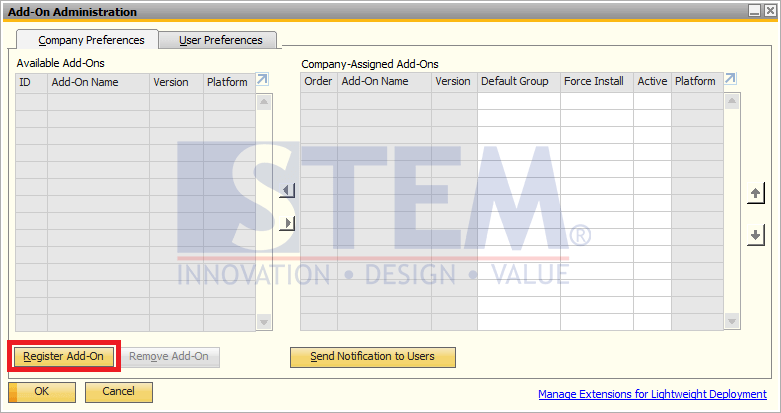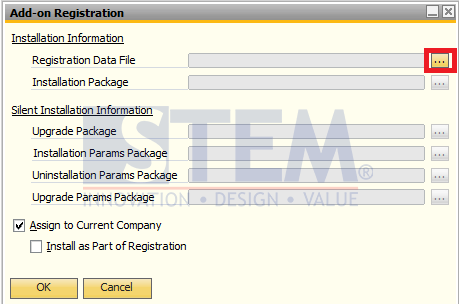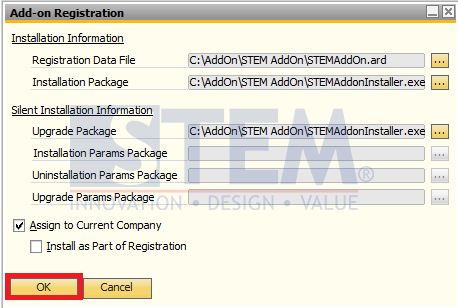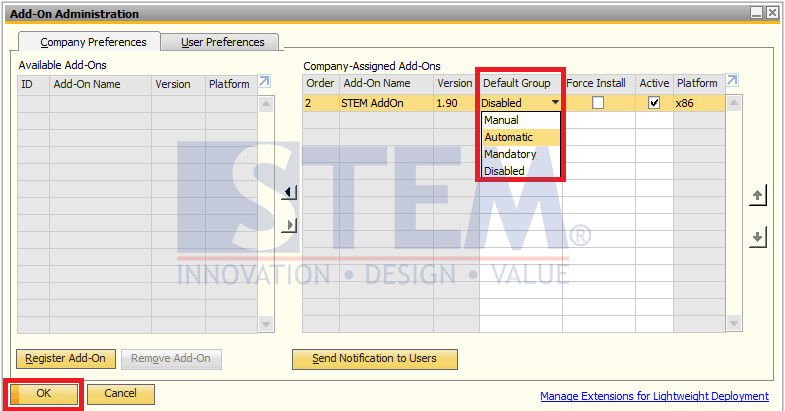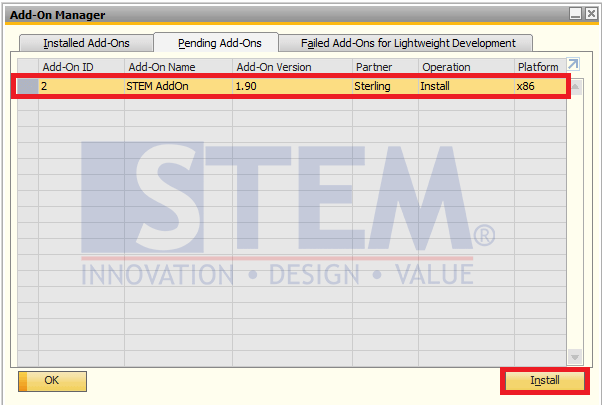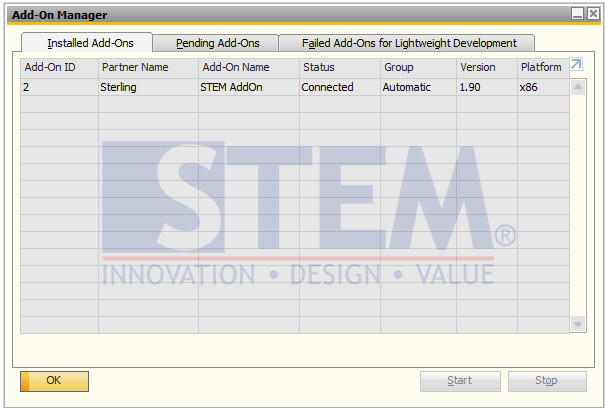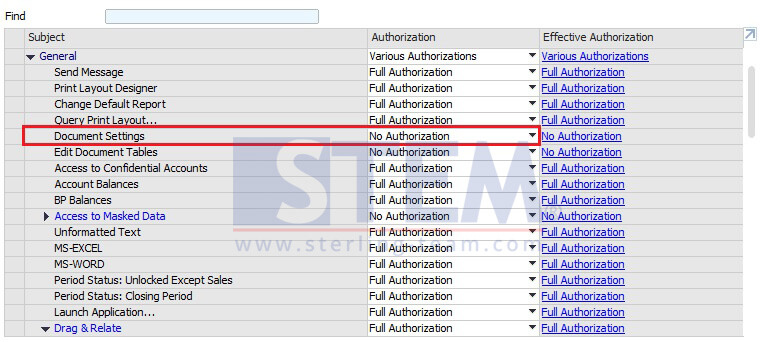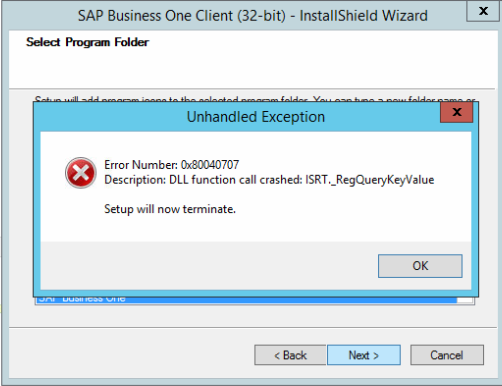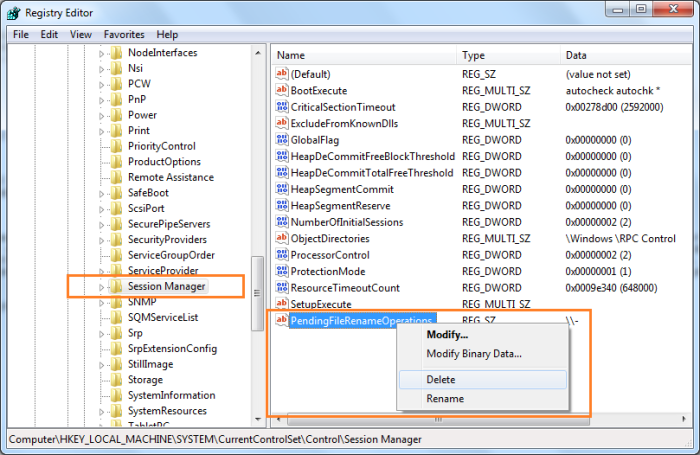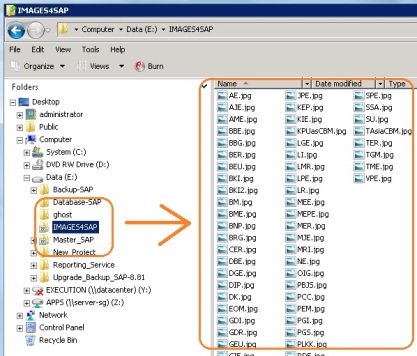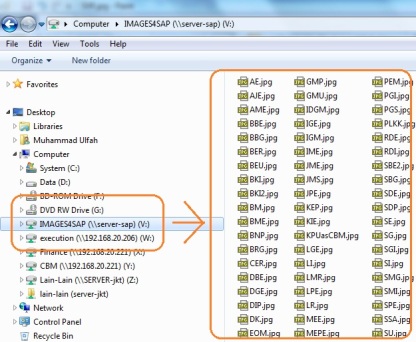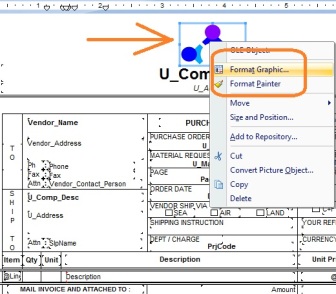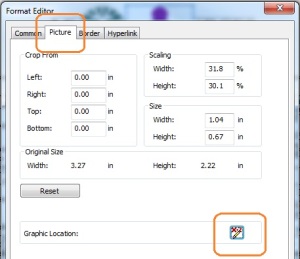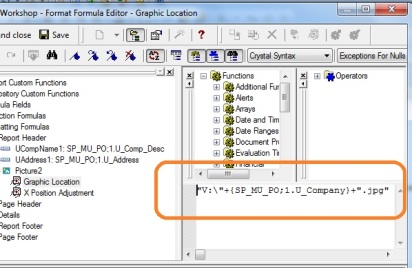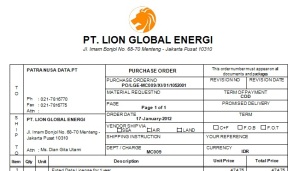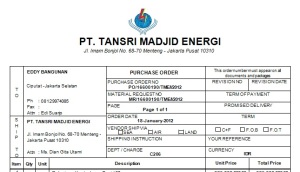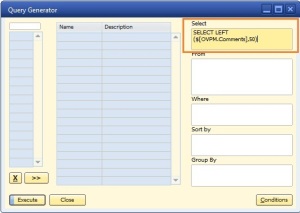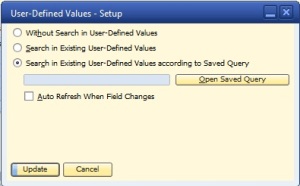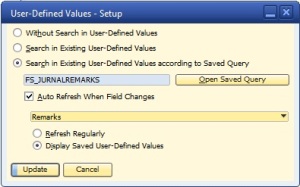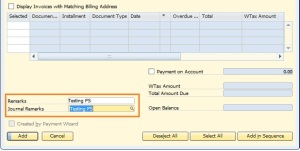ERP implementation in Supply Chain Management
Supply chain management (SCM) requires reliable information, communication and technology (ICT) systems. This is driven by the complexity and demands of managers in decision making and controlling SCM. The development of ICT application systems in recent years shows increasingly rapid progress, one of which is the enterprise resource planning (ERP) system.
Integrated
enterprise resource planning (ERP) system that is now commonly used by large companies to support the planning and control of supply and demand. Major software vendors such as JDA Software, Microsoft, Oracle, and SAP offer state-of-the-art systems designed to provide real-time data to support better routine decision making, improve transaction processing efficiency, cross-functional integration, and provide increased insight into how a business should be run (Jacobs & Chase, 2011).
The term ERP has different meanings, depending on the user's perspective. From the manager's point of view in a company, the emphasis is on the word "planning"; Managers interpret ERP as a comprehensive software approach to support business planning and control decisions.
On the other hand, for the information technology community, ERP is a term that describes a software system that integrates application programs in finance, manufacturing, logistics, sales and marketing, human resources, and other functions in a company.
This integration is achieved through a shared database by all data processing functions and applications. ERP systems are usually very efficient in handling many transactions that document the company's activities. ERP systems allow for integrated planning within a company.
The company implements ERP to benefit through the efficiency obtained by integrated supply chain planning and process control. In addition, a better response to customer needs is obtained through real-time information provided by the system.
ERP Qualification
There are four aspects of ERP application systems that determine the quality of an ERP system (Jacobs & Chase, 2011).
- This application system must be multifunctional within the scope of various company activities with the ability to provide financial information, material procurement activities both in rupiah and volume units, sales in rupiah units and volume of product and service units, and manufacturing or process conversion in units of resources or people .
- This application system must be integrated. When a transaction or data representing a business activity is entered by one function, data regarding other related functions is immediately updated. This is able to eliminate the need for reposting data to the system.
- This application system must be modular so that it can be combined into a wider system or connected with software from other applications.
- This application system must facilitate the planning and control of basic activities, including forecasting, production planning, and inventory management.
An ERP application system can be built with software modules from different vendors, or can be purchased from one vendor. The multivendor approach allows companies to buy "best-in-class" application systems from each module. However this will usually sacrifice the increased costs and greater resources that might be needed to implement and integrate functional modules. On the other hand, a single vendor approach might be easier to implement, but the features and functions of an application system might not be the best application system.
ERP Application System
ERP as a core or backbone in a management information system that integrates all information system applications used in the company. ERP applications include: finance, manufacturing and logistics, sales and marketing, and human resources.
Finance Application System
ERP systems provide a common platform for recording financial data, processing and reconciling data to produce accounting and financial information in the form of general ledgers. From this general ledger, financial statements can then be presented after adjustments have been made in accordance with established accounting policies.
The real benefit of a financial ERP system is the process of recording financial data coming from transaction sources. For example, a transaction regarding an order from a customer, in the financial ERP system this transaction is required for production data and at the same time to update the accounts receivable data when the shipment of goods has been carried out.
Manufacturing and logistics Application Systems
The ERP system that is applied to manufacturing and logistics business processes is the most complex application, because it consists of several modules which include:
- Sales and operational planning
- Raw material management
- Maintenance of factory facilities
- Quality management
- Production planning and control
Sales and marketing
The ERP system used for sales and marketing business processes includes customer management activities, such as:
- Sales order management
- Forecasting
- Order management
- Credit checking
- Distribution
- Export control
- Delivery of goods
- Transportation management
- Billing
- Debating process
Human Resources
ERP applications used to support human resource management activities, which include: payroll, benefit administration, recruitment procedures, personnel development planning, workforce planning, scheduling and shift planning, attendance management, leave, and employee income tax management.
Implement ERP
Many companies have benefited from the implementation of ERP, while on the other hand also found several companies facing problems in implementing ERP.
ERP implementation requires investment and cost is quite expensive, both initial cost and running cost, requires some customized or tailoring to fit the ERP application system with the business processes and supply chain management of the company, requires costs and time for consulting and training activities to ERP implementation.
For companies to succeed in implementing ERP, company management needs to conduct intensive training, starting from the managerial level to the operational level. Cultural changes and ways of working need to be done to adjust and fit into the new ERP-based business process.


